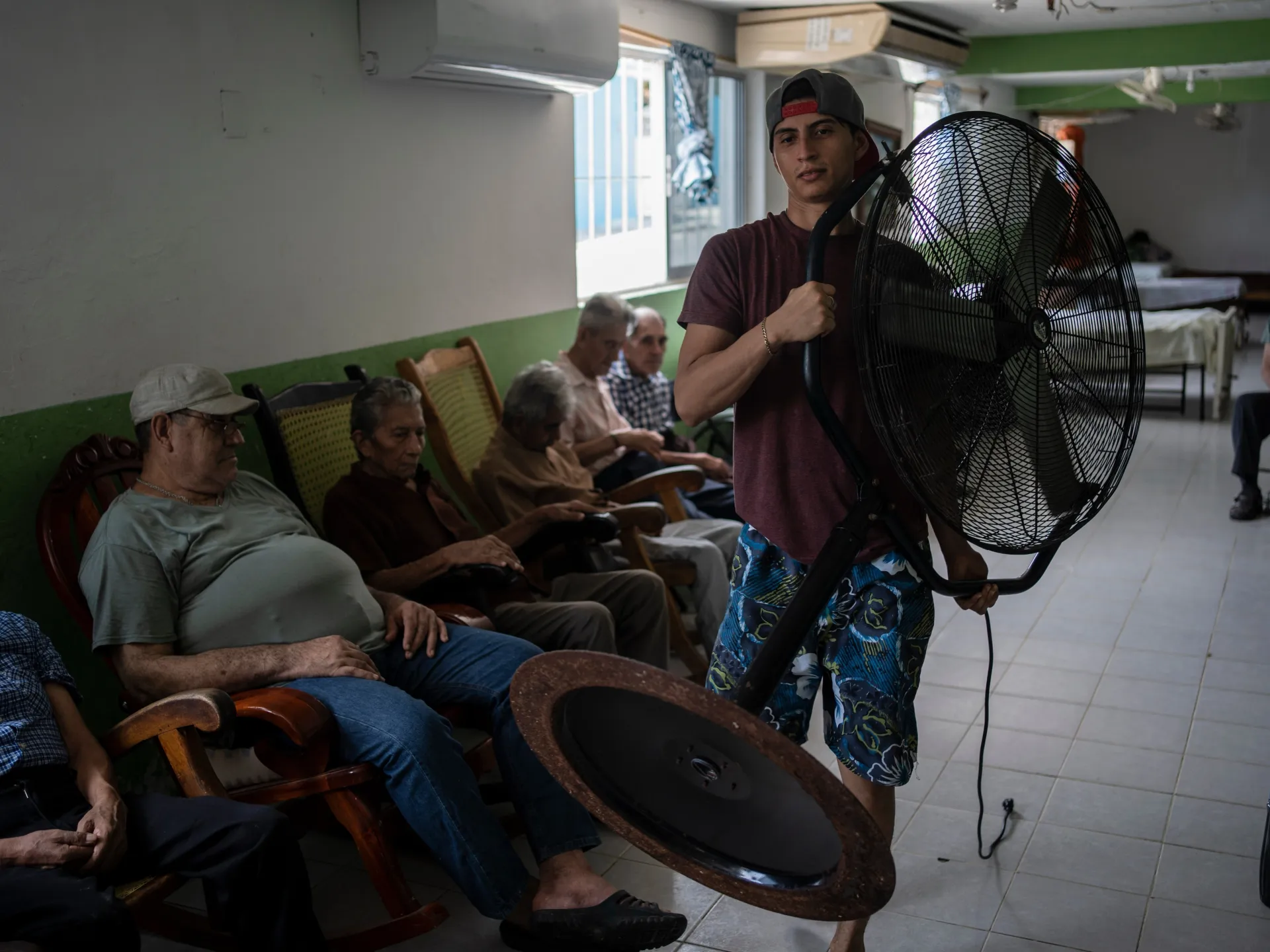Climate study finds overheating world will add 57 superhot days a year | Climate Crisis News
The report says 10 small, ocean-dependent nations will experience the biggest increase in dangerous heat days, despite collectively producing only 1 percent of global heat-trapping gases.
Published On 16 Oct 2025
A new study by World Weather Attribution and United States-based Climate Central has calculated the increase in dangerous “superhot days” – defined as warmer than 90 percent of comparable days between 1991 and 2020 – due to climate change.
The report, which is not yet peer-reviewed but uses established techniques for climate attribution, was released on Thursday. It highlights the significant effect of the Paris Climate Agreement.
Recommended Stories
list of 3 itemsend of list
Before the 2015 accord, the world was on track for a catastrophic 4C (7.2F) of warming by the end of the century, which would have resulted in an additional 114 superhot days per year.
By fulfilling current commitments to curb emissions, the world is now heading towards 2.6C (4.7F) of warming. Under this scenario, the Earth will still add 57 superhot days annually by 2100 – nearly two months of dangerously high temperatures – but this is half the increase of the worst-case scenario. Since 2015, the world has already added 11 superhot days on average.
Potsdam Climate Institute Director Johan Rockstrom, who was not part of the research team, said people should not be relieved that we are no longer on the 4-degree warming pre-Paris trajectory because the current track “would still imply a disastrous future for billions of humans on Earth”.
The report does not say how many people will be affected by the additional dangerously hot days, but coauthor Friederike Otto of Imperial College London said “it will definitely be tens of thousands or millions, not less”. She noted that thousands die in heatwaves each year already.
The study also underscores the profound unfairness of the impact of climate change across the world, showing a massive disconnect between carbon pollution and expected heat exposure.
The 10 countries that will experience the biggest increase in dangerous heat days are almost all small, ocean-dependent nations like Panama, the Solomon Islands, and Samoa. These countries are expected to see the largest spikes, with Panama projected to face 149 extra superhot days a year. These 10 nations collectively produce only 1 percent of global heat-trapping gases.
In stark contrast, the top carbon-polluting countries – the United States, China, and India – are predicted to get only between 23 and 30 extra superhot days. Despite being responsible for 42 percent of the world’s carbon dioxide, they will face less than 1 percent of the additional superhot days.
University of Victoria climate scientist Andrew Weaver, who was not part of the study team, said this heat inequality drives “yet another wedge between have and have-not nations”, potentially sowing seeds of geopolitical instability.


